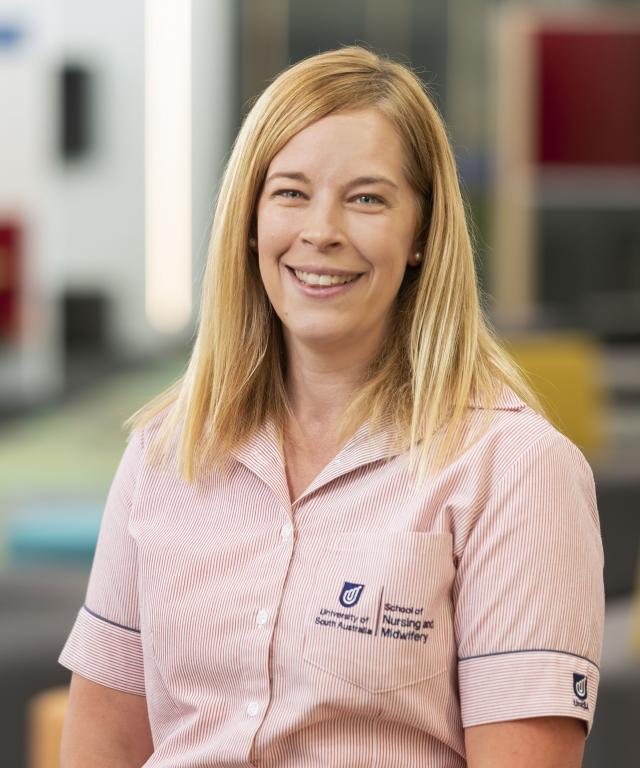A FEW small changes could be what the regional medical workforce needs to address nursing shortages, according to a University of South Australia (UniSA) study.
The study, which looked at challenges early career nurses face in regional areas, suggested measures including better workplace support and more social gatherings could help retain regional nurses.
Mount Gambier-based clinical nurse Heidi Rose was one of the researchers behind the study and said transitioning from university to full time work in a regional area was often daunting for health workers.
“Early career nurses in rural areas often have additional stresses, including those inherent in moving house and leaving family and friends behind to establish a new social network,” Ms Rose said.
“There is also a smaller workforce to share the load, which can translate to less time spent on orientation and training, and longer work hours.
“Study participants suggested additional workplace supports would make the transition easier, including assistance finding accommodation and transport, and facilitating more social gatherings.”
Ms Rose said education and flexibility were also important factors that could help retain nursing staff.
“On the job, they said more time on orientation activities, more contact with clinical facilitators and mentors, and more opportunities for clinical education were important,” she said.
“Greater flexibility in work hours and rostering was also a factor, together with having more say in clinical specialty rotations.”
Despite the many challenges associated with joining a regional healthcare workforce, Ms Rose said study participants also listed a number of positives to being a rural nurse.
“The aspects of regional work they enjoyed included better opportunities for broader work scope and job progression,” Ms Rose said.
“They also liked the more personal connection with patients that often comes from working in smaller communities, and the community connection.”








